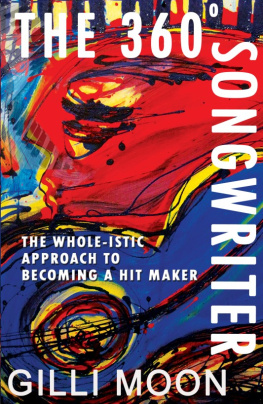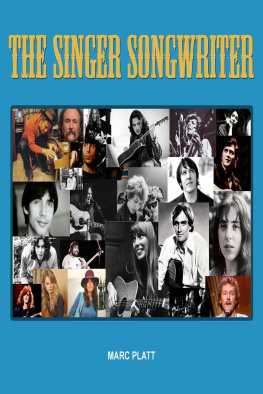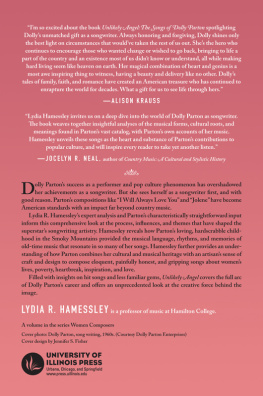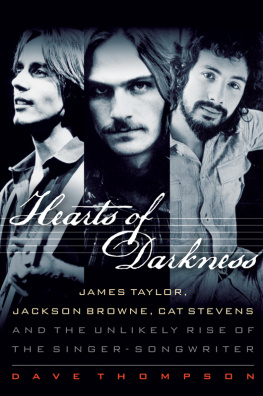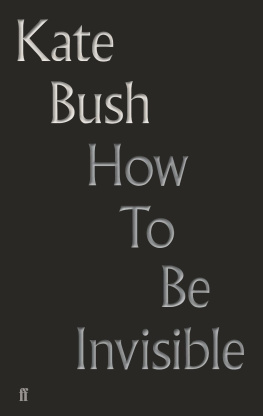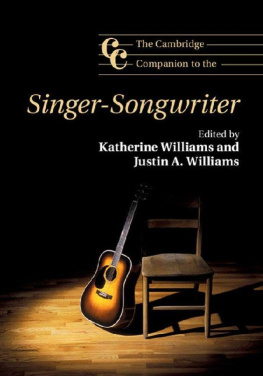Berklee Press
Senior Writer/Editor: Jonathan Feist
Writer/Editor: Susan Gedutis Lindsay
Production Manager: Shawn Girsberger
Marketing Manager, Berklee Press: Jennifer Rassler
Product Marketing Manager: David Goldberg
ISBN 978-1-4950-0875-7
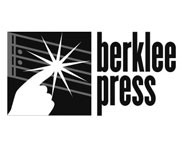 |  |
1140 Boylston Street | Visit Hal Leonard Online |
Boston, MA 02215-3693 USA | www.halleonard.com |
(617) 747-2146 |
Visit Berklee Press Online at |
www.berkleepress.com |
Copyright 2004 Berklee Press. All Rights Reserved
No part of this publication may be reproduced in any form or by any means without the prior
written permission of the Publisher.
Foreword
This book is based on the research and experience of hit-songwriter/ethnomusicologist Jimmy Kachulis, crafted into this handy pocket guide by writer/editor Jonathan Feist. These ideas and many other songwriting concepts are developed and illustrated in Jimmys book series and online courses, The Songwriters Workshop. The books and courses include workshops and recorded examples so that you can hear these tools in action. But this guide will serve you as a quick reference, to keep in your gig bag or next to your computer, for whenever writers block strikes and you need some ideas.
The tools in this book have been used to create countless hit songs. The tools are a concise distillation of many years of research, chart-watching, and songwriting, and of countless longer books, classes, seminars, interactions with thousands of student songwriters, and of course, songs.
Part I presents charts that show chords based on each scale degree. Following each chart are common power progressions in each type of scale: major, minor, Mixolydian, Dorian, and blues.
To use them, choose a chord progressionfor example, I(Maj7) IVMaj7 in major. Then choose a key for your song, and find the chords on the chart. (Numbers in parentheses indicate optional additional notes.) In the key of E, youd play E(Maj7) AMaj7. A few hit songs are listed next to the power progression that they are based on. There are many, many more examples for each progression, and in many other styles.
Part II lists fifty-three ideas for how to customize each progression, adapting it to best support your own unique lyrics. For example, if the idea suggests changing the harmonic rhythm, you might play EMaj7 for three measures, and then AMaj7 for one measure. These tips are discussed in greater depth, and with recorded examples, in Jimmy Kachuliss The Songwriters Workshop series, from Berklee Press.
Part III describes the most common forms and structures used in hit songs.
Part IV presents a sample songwriting process, to help you develop a productive working method, and keep your pen moving, should writers block strike.
And part V presents the contact information for some of the most useful organizations in the music industry.
Try many different possibilities, and follow whatever progressions, ideas, and working methods inspire you and keep you productive.
The only real rule of songwriting is to use whatever approach works best for you. We hope you find these materials to be helpful.
David Kusek
Vice President, Berklee Media
1.Power Progressions
Most hit songs are based on one of the following chord progressions. These progressions have a natural balance and gravity to them. They make songs feel soundly crafted, and create a sense of inevitabilitythat they are the right way for the chords to follow each other, and for the songs to progress. We call them power progressions because they do have power. They have been at the heart of countless songs, in all different styles of music, across many cultures and musical eras. These are the essential chord progressions that have rocked the world for as long as music has been based on harmony.
By customizing these progressions to different keys, grooves, harmonic rhythms, and other variations mentioned in part II of this handbook, you can use them to create an infinite number of songs.
Each key color has its own power progressions. To use one of these progressions in your songwriting, choose the one that seems to best suit your lyrics or melody, and then apply it to a key. Charts are shown with each type of key, indicating which chords go with which scale degrees, so you can use these progressions in any key. The triads are the essential chords; sevenths, indicated in parentheses, can be added, for extra color. The charts include suggested fretboard diagrams for guitarists and notated seventh chords for keyboard players.
The actual voicing you choose will depend on the progression, your melody, and your lyric story.
Once you have a progression and a key, groove on them, and use the ideas throughout this book to customize the progression to your lyrics. Power progressions are just the starting point for your grooves. Use your imagination to grow them into something unique.
Major
Major Chords




